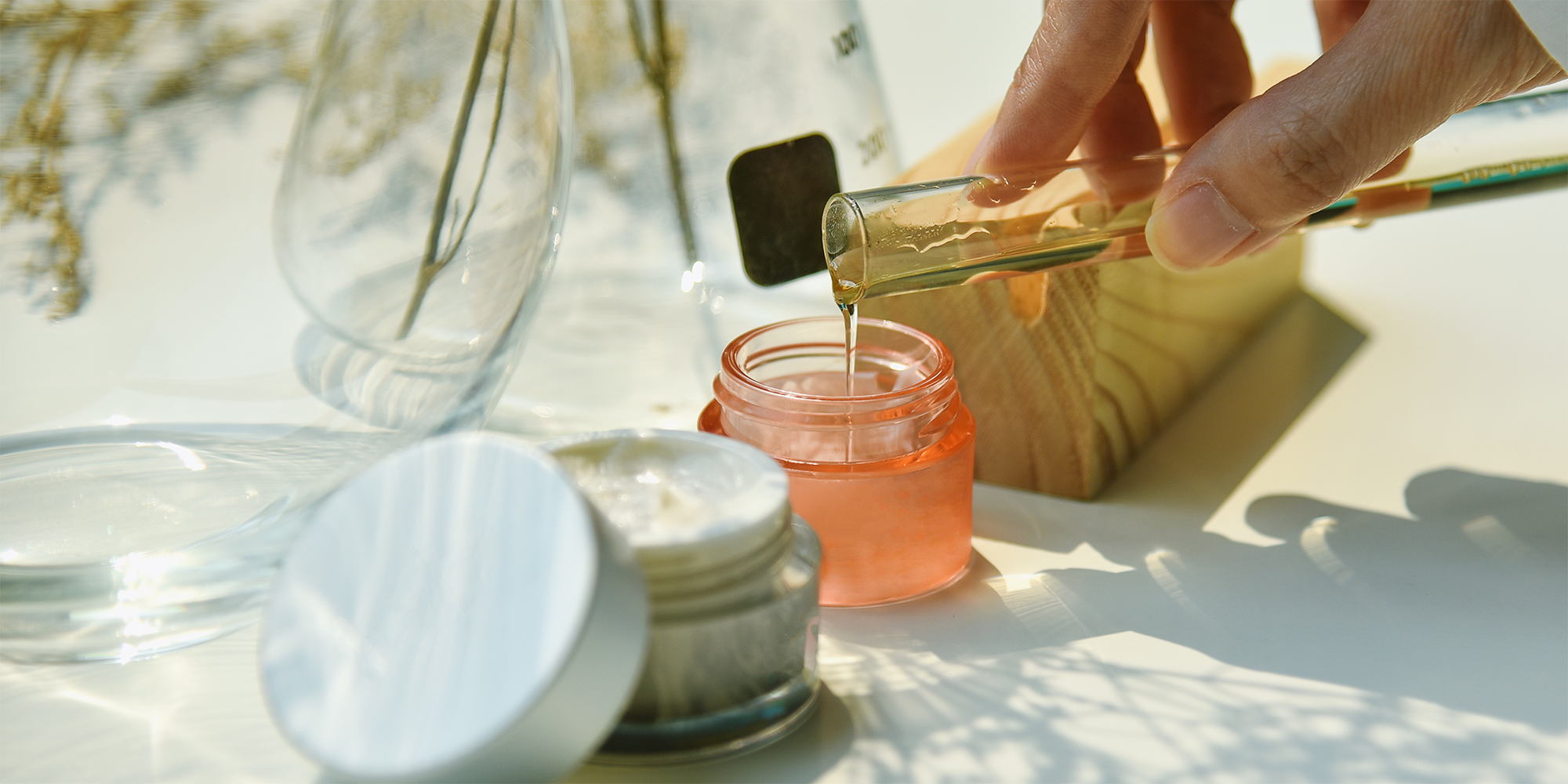Safeguarding consumers through ingredient evaluation

The glamour of cosmetic products often lies in their promise to enhance beauty and promote well-being. However, the most critical aspect of cosmetic formulations is their safety. This article explores the cosmetic ingredient safety evaluation process and how rigorous assessments contribute to the protection of consumers and the integrity of the beauty industry.
Priority: consumer safety
As per the Scientific Committee on Consumer Safety (SCCS) Notes of Guidance for the Testing of Cosmetic Ingredients and their Safety Evaluation, the safety of cosmetic products can be ensured on the basis of knowledge of the safety of the ingredients that they contain.
For the safety evaluation of cosmetic ingredients two channels are functional:
- the industry placing the cosmetic products on the EU market evaluates the safety of the products with all their ingredients;
- for ingredients that raise some health concerns such as colourants, preservatives, UV-filters, etc., the safety evaluation is done by the Scientific Committee on Consumer Safety (SCCS). These substances are regulated under the Annexes of Regulation (EC) No 1223/2009.
Addressing ingredient safety
At the heart of cosmetic ingredient safety evaluation is the firm commitment to ensure consumer safety. A typical safety evaluation procedure comprises hazard identification, exposure assessment, dose-response assessment and risk characterisation.
For the safety evaluation of cosmetic ingredients, all available scientific data are considered.
-
Hazard identification
This first step in the evaluation of a cosmetic ingredient focuses on determining whether a substance has the potential to damage human health through the identification of its intrinsic physical and chemical and toxicological properties.
The goal is to identify any potential hazards early on, ensuring the ingredient is either safe for use or not. For cosmetics, hazards may range from skin irritation to more severe issues such as carcinogenicity.
-
Exposure assessment
Once the hazards are identified, the next step is to determine the amount of the ingredient coming into contact with the external parts of the human body or the teeth and the mucous membranes of the oral cavity under normal or reasonably foreseeable use.
Even if an ingredient is toxic at high doses, its safety can be ensured if exposure levels are well within safe limits. This step is key in determining the real-world relevance of any identified hazards.
-
Dose-response assessment
For the relationship between the exposure and the toxic response, a Point of Departure (PoD) is determined. The dose-response assessment feeds directly into next step - risk characterisation - and is fundamental in determining safe levels of cosmetic ingredients and ensuring they do not pose risks when used as intended.
-
Risk characterisation
Involves the calculation of the Margin of Safety (MoS) which is the ratio between the PoD and the estimated exposure to a cosmetic ingredient. It is an indicator of whether the product can be considered safe or not. If the MoS is above a certain threshold, typically 100 for cosmetics, the ingredient is considered safe for use.
The safety evaluation of cosmetic ingredients is a complex but essential process that guarantees that every product we use is subject to rigorous scientific scrutiny, balancing innovation with safety.
![[Logo Cosmedesk]](/media/ljbbhnk4/logo-cosmedesk.svg)